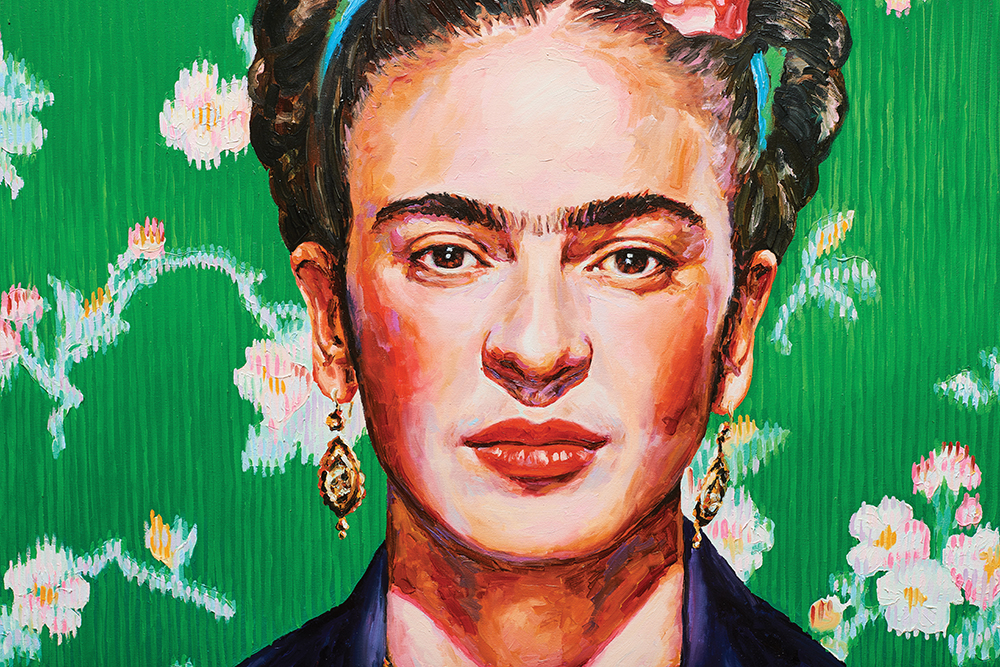Portraiture and portrait painting is an art for as long as it is a social addiction that has a global attraction. Moreover, individuals who exercise artwork of images have one key factor that enhances their effectiveness. They have the capability to pick up what they see, which enables their images to appear more real.
Portraits are a representation of an individual, an animal or a group. The likenesses are incredibly powerful and appealing in their characteristics. More so, they connect people to the individual or animal in the interpretation. More than just a discernible display of the individual or animal, a good portrait can tell the viewer a lot about the subject depicted. After all, it isn’t simply a “hand-painted photo”; it is a work of art. If you want your portrait to be more than just a plausible copy of a human face, stick with these five rules and the result will be amazing!
- Ensure that you arrange proper lighting. Much of your success as a portraitist depends on lighting. Doing it right will give you a clear idea of shapes and shades and allow you to avoid many blatant mistakes. If you have no opportunity to paint in natural light, use one strong light source vs. scattered light that will leave you short-sighted.
- Establish the palette carefully. Skin tones have many hues, so you need to pick up your paints very carefully to convey their entire variety. Your palette should include both warm and cool hues of basic skin shades. Developing the skill of mixing colors on your own can be helpful in obtaining the proper range of shades.
- Choose the best background. Background choice can make or break the picture. To avoid disaster, keep it neutral, but make sure it doesn’t merge with the face in the picture. A backdrop that is too bright or flowery will distract attention from the portrait itself, which can be counterproductive.
- It is important that you do not forget about shadows. Putting some shadows on the face of your model will give the portrait a more realistic look. Study the subject closely to make your painting plausible. The nature and shape of facial shadows can vary from one part of the face to another. For instance, the nose shadow will be darker and more abrupt than cheek shadows. Sometimes the best way to paint a shadow is to cool the tone down instead of darkening it. Make observations and sketches to learn these nuances.
- Ensure that you pay attention to details. There are many small things about portraits that can be learned only with practice – or if someone more experienced is willing to share them with you. Here are some helpful tips:
- The central part of the face tends to be somewhat warmer than its upper and lower parts. The lower lip usually has warmer shading than the upper one.
- Despite their name, eye whites aren’t entirely white. They can have a yellowish or bluish tint.
- While painting nostrils, put them in the nose, not underneath.
- Separating the hair from the skin with a distinct line looks unnatural. There should be no strict boundary between them.
As is the case with mastering any artform, practice is key. With diligence and implementing these tips along with a little bit of experimentations your portraits will be works of art!






